When it comes to home improvement projects, one of the key decisions you’ll need to make is choosing the right flooring and wall tiles for your space. While there are many options available, one strategy that is gaining popularity is the concept of installing floor tiles before wall tiles. Traditionally, many homeowners opt to install wall tiles first and then move on to the flooring. However, there are several reasons why flipping this process can actually be more advantageous. In this article, we’ll explore the benefits of installing floor tiles before wall tiles and why this approach can result in a more cohesive and visually appealing space. One of the primary advantages of starting with floor tiles is that it helps establish a strong foundation for the rest of the design elements in the room.
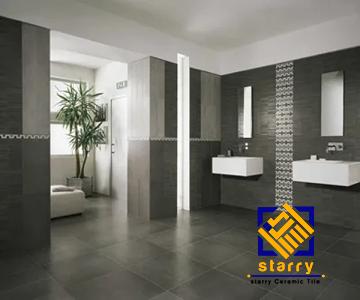
.
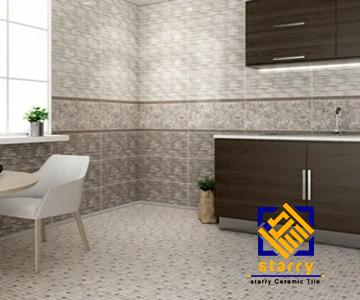 By laying down the flooring first, you create a base that sets the tone for the entire space. This can make it easier to coordinate the color scheme, texture, and style of the wall tiles to complement the flooring. Additionally, starting with the floor tiles can provide a sense of continuity and flow throughout the room, creating a cohesive look that ties everything together. Another benefit of installing floor tiles before wall tiles is that it can help streamline the installation process. By focusing on the flooring first, you can avoid the hassle of making precise cuts and adjustments to the wall tiles to fit around the edges of the flooring. This can save you time and effort during the installation and ensure a more seamless finish. In terms of practicality, starting with the floor tiles can also help protect the walls from damage during the installation process. By laying down the flooring first, you create a barrier that shields the walls from potential scratches, dings, or spills that can occur during tiling. This can help preserve the integrity of your walls and prevent the need for costly repairs down the line. From a design perspective, installing floor tiles before wall tiles can also create a visual impact that draws the eye downward, emphasizing the flooring as a focal point in the room. This can be particularly effective in spaces where you want to showcase a beautiful tile pattern or unique flooring material. By starting with the floor tiles, you can highlight this feature and make it the centerpiece of the room’s design. Additionally, starting with floor tiles can help you determine the layout and pattern of the tiles more effectively. By laying out the flooring first, you can experiment with different arrangements and configurations to find the perfect design that complements the overall aesthetic of the space. This flexibility can allow you to be more creative with the tile placement and create a custom look that reflects your personal style. In terms of practicality, installing the floor tiles first can also help in terms of maintenance and cleaning. Since the flooring experiences more wear and tear than the walls, starting with the floor tiles can make it easier to clean and maintain the space.
By laying down the flooring first, you create a base that sets the tone for the entire space. This can make it easier to coordinate the color scheme, texture, and style of the wall tiles to complement the flooring. Additionally, starting with the floor tiles can provide a sense of continuity and flow throughout the room, creating a cohesive look that ties everything together. Another benefit of installing floor tiles before wall tiles is that it can help streamline the installation process. By focusing on the flooring first, you can avoid the hassle of making precise cuts and adjustments to the wall tiles to fit around the edges of the flooring. This can save you time and effort during the installation and ensure a more seamless finish. In terms of practicality, starting with the floor tiles can also help protect the walls from damage during the installation process. By laying down the flooring first, you create a barrier that shields the walls from potential scratches, dings, or spills that can occur during tiling. This can help preserve the integrity of your walls and prevent the need for costly repairs down the line. From a design perspective, installing floor tiles before wall tiles can also create a visual impact that draws the eye downward, emphasizing the flooring as a focal point in the room. This can be particularly effective in spaces where you want to showcase a beautiful tile pattern or unique flooring material. By starting with the floor tiles, you can highlight this feature and make it the centerpiece of the room’s design. Additionally, starting with floor tiles can help you determine the layout and pattern of the tiles more effectively. By laying out the flooring first, you can experiment with different arrangements and configurations to find the perfect design that complements the overall aesthetic of the space. This flexibility can allow you to be more creative with the tile placement and create a custom look that reflects your personal style. In terms of practicality, installing the floor tiles first can also help in terms of maintenance and cleaning. Since the flooring experiences more wear and tear than the walls, starting with the floor tiles can make it easier to clean and maintain the space.
..
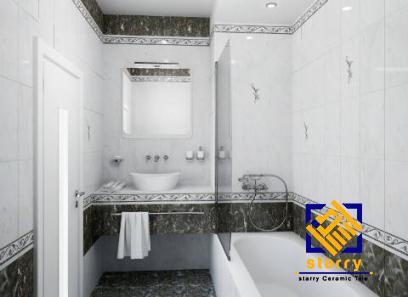 This can be especially beneficial in high-traffic areas where spills and stains are more likely to occur. Furthermore, starting with the floor tiles can also help in terms of cost savings. By laying down the flooring first, you can avoid the need to purchase extra tiles to accommodate any changes or adjustments that may be required if you were to start with the walls. This can help you stick to your budget and ensure that you have enough tiles to complete the project without running into unexpected expenses. Overall, the concept of installing floor tiles before wall tiles is a practical and visually appealing approach that can enhance the overall design of your space. By starting with the flooring, you can establish a strong foundation for the room, streamline the installation process, protect the walls from damage, create visual impact, and save time and money in the long run. Whether you’re renovating a kitchen, bathroom, or any other space in your home, consider the benefits of starting with floor tiles to achieve a beautiful and cohesive look that will impress both guests and yourself. Additionally, the decision to install floor tiles before wall tiles can also have a significant impact on the perceived size and layout of a room. By laying down the flooring first, you can create the illusion of a larger and more spacious area. This is because the eye is naturally drawn to the horizontal lines of the floor tiles, which can visually expand the boundaries of the room. This effect can be especially beneficial in smaller or narrower spaces, where maximizing the perceived size of the room is key. In terms of functionality, starting with floor tiles can also provide a more practical surface for everyday use. Flooring generally experiences more wear and tear than walls, so by installing the floor tiles first, you are ensuring that the most durable and resilient surface is in place. This is particularly important in areas such as kitchens, bathrooms, and entryways, where spills, moisture, and heavy foot traffic are common. By prioritizing the flooring, you are creating a sturdy and reliable foundation that can withstand the demands of daily life. Furthermore, starting with floor tiles can help create a smoother transition between different areas of the home. By carrying the same flooring material from one room to another, you can achieve a sense of continuity and connection throughout the space. This can be especially useful in open-concept layouts, where the flow between rooms is important for creating a cohesive and harmonious living environment.
This can be especially beneficial in high-traffic areas where spills and stains are more likely to occur. Furthermore, starting with the floor tiles can also help in terms of cost savings. By laying down the flooring first, you can avoid the need to purchase extra tiles to accommodate any changes or adjustments that may be required if you were to start with the walls. This can help you stick to your budget and ensure that you have enough tiles to complete the project without running into unexpected expenses. Overall, the concept of installing floor tiles before wall tiles is a practical and visually appealing approach that can enhance the overall design of your space. By starting with the flooring, you can establish a strong foundation for the room, streamline the installation process, protect the walls from damage, create visual impact, and save time and money in the long run. Whether you’re renovating a kitchen, bathroom, or any other space in your home, consider the benefits of starting with floor tiles to achieve a beautiful and cohesive look that will impress both guests and yourself. Additionally, the decision to install floor tiles before wall tiles can also have a significant impact on the perceived size and layout of a room. By laying down the flooring first, you can create the illusion of a larger and more spacious area. This is because the eye is naturally drawn to the horizontal lines of the floor tiles, which can visually expand the boundaries of the room. This effect can be especially beneficial in smaller or narrower spaces, where maximizing the perceived size of the room is key. In terms of functionality, starting with floor tiles can also provide a more practical surface for everyday use. Flooring generally experiences more wear and tear than walls, so by installing the floor tiles first, you are ensuring that the most durable and resilient surface is in place. This is particularly important in areas such as kitchens, bathrooms, and entryways, where spills, moisture, and heavy foot traffic are common. By prioritizing the flooring, you are creating a sturdy and reliable foundation that can withstand the demands of daily life. Furthermore, starting with floor tiles can help create a smoother transition between different areas of the home. By carrying the same flooring material from one room to another, you can achieve a sense of continuity and connection throughout the space. This can be especially useful in open-concept layouts, where the flow between rooms is important for creating a cohesive and harmonious living environment.
…
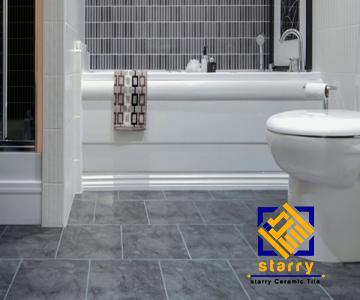 By establishing a unified flooring scheme first, you can seamlessly link the various spaces in your home and create a sense of cohesion that enhances the overall design aesthetic. When it comes to aesthetics, starting with floor tiles can also open up a world of design possibilities. The flooring serves as a blank canvas on which you can play with colors, patterns, textures, and materials to create a unique and personalized look. By focusing on the flooring first, you have the freedom to experiment with different tile options and create a statement piece that anchors the room’s design. Whether you prefer a sleek and modern style, a classic and timeless look, or a bold and eclectic vibe, the flooring can set the tone for the rest of the space and serve as a focal point that reflects your personal taste and personality. In terms of resale value, the decision to install floor tiles before wall tiles can also have a positive impact on the overall value of your home. Quality flooring is a key selling point for potential buyers, as it is a feature that can greatly influence their perception of the property. By investing in high-quality floor tiles and showcasing them as a standout feature in your home, you are adding to the appeal and marketability of the space. Potential buyers will appreciate the attention to detail and craftsmanship that went into the flooring, and this can ultimately contribute to a higher resale value for your property. In conclusion, the practice of installing floor tiles before wall tiles is a strategic and practical approach that offers a wide range of benefits for homeowners. By prioritizing the flooring as the foundation of the design, you can create a cohesive, visually appealing, and functional space that enhances the overall aesthetic of your home. From establishing a strong base for the room to streamlining the installation process, protecting the walls, creating visual impact, saving time and money, and maximizing the perceived size and layout of the room, starting with floor tiles is a decision that can significantly elevate the design and functionality of your living space. Whether you’re renovating a single room or undergoing a full home makeover, consider the advantages of installing floor tiles before wall tiles to achieve a stunning and well-designed interior that reflects your personal style and enhances the value of your home.
By establishing a unified flooring scheme first, you can seamlessly link the various spaces in your home and create a sense of cohesion that enhances the overall design aesthetic. When it comes to aesthetics, starting with floor tiles can also open up a world of design possibilities. The flooring serves as a blank canvas on which you can play with colors, patterns, textures, and materials to create a unique and personalized look. By focusing on the flooring first, you have the freedom to experiment with different tile options and create a statement piece that anchors the room’s design. Whether you prefer a sleek and modern style, a classic and timeless look, or a bold and eclectic vibe, the flooring can set the tone for the rest of the space and serve as a focal point that reflects your personal taste and personality. In terms of resale value, the decision to install floor tiles before wall tiles can also have a positive impact on the overall value of your home. Quality flooring is a key selling point for potential buyers, as it is a feature that can greatly influence their perception of the property. By investing in high-quality floor tiles and showcasing them as a standout feature in your home, you are adding to the appeal and marketability of the space. Potential buyers will appreciate the attention to detail and craftsmanship that went into the flooring, and this can ultimately contribute to a higher resale value for your property. In conclusion, the practice of installing floor tiles before wall tiles is a strategic and practical approach that offers a wide range of benefits for homeowners. By prioritizing the flooring as the foundation of the design, you can create a cohesive, visually appealing, and functional space that enhances the overall aesthetic of your home. From establishing a strong base for the room to streamlining the installation process, protecting the walls, creating visual impact, saving time and money, and maximizing the perceived size and layout of the room, starting with floor tiles is a decision that can significantly elevate the design and functionality of your living space. Whether you’re renovating a single room or undergoing a full home makeover, consider the advantages of installing floor tiles before wall tiles to achieve a stunning and well-designed interior that reflects your personal style and enhances the value of your home.
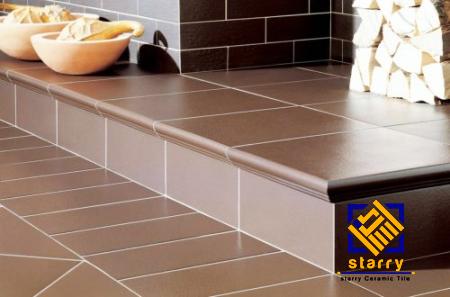
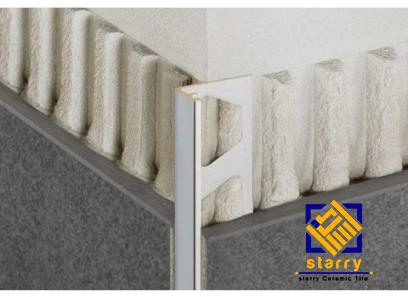
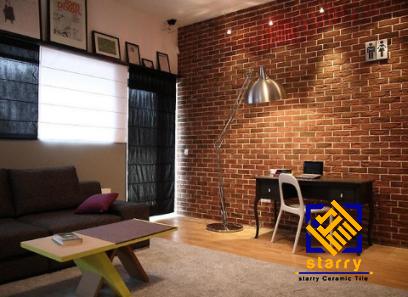

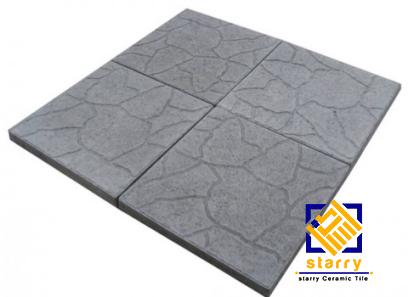

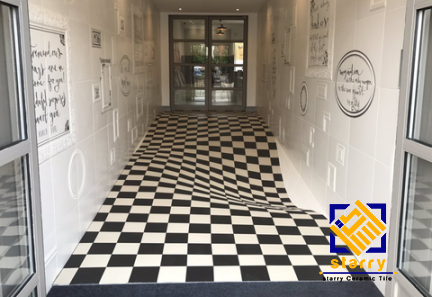



Your comment submitted.